Related Article
-
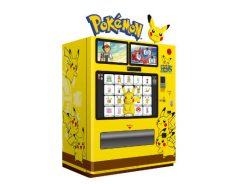
Japan Introduces Official Pokemon Vending Machines
-

Photographer perfectly captures aerial anime battle between bunnies
-

Get Creeped Out Looking at Japanese Abandoned Buildings Photography
-
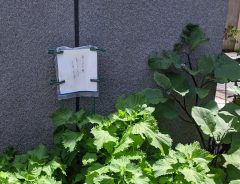
Japanese neighborhood gardener’s generous note melts hearts online
-
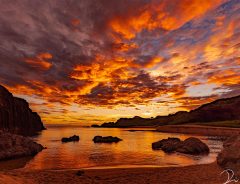
Photographer captures Kyoto’s majestic Tateiwa rock standing against burning red sky
-
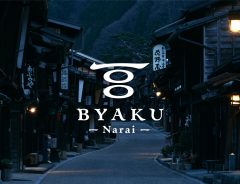
Enjoy the traditional charms of Naraijuku with new inn Byaku Narai
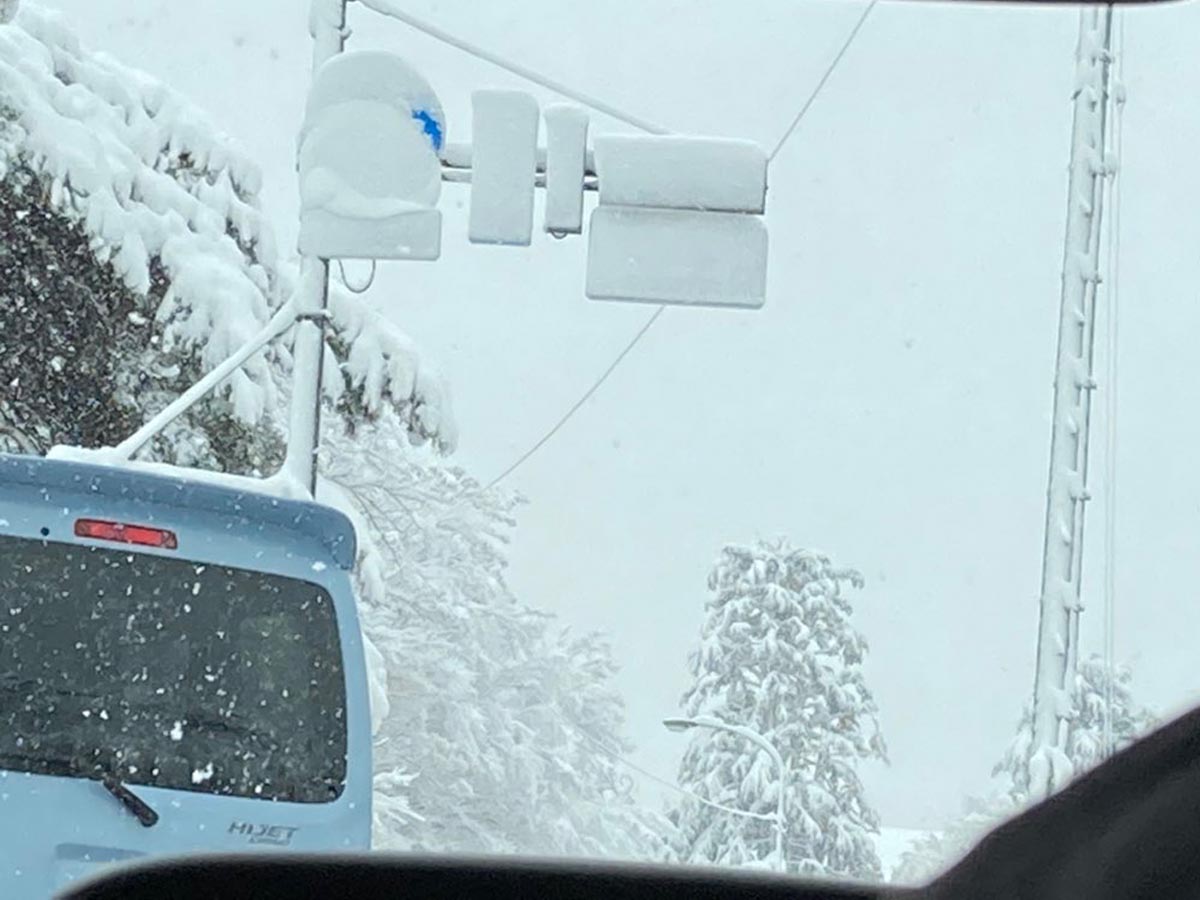
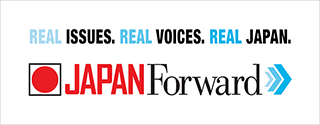
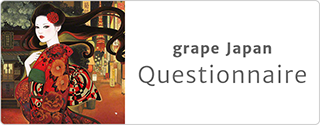
When heavy snowfall hits Japan, it typically results in some splendid scenery. Mt. Fuji and even sakura cherry blossoms often look their most spectacular when blanketed in snow, and the Sapporo Snow Festival highlights the season in Hokkaido with gorgeous ice and snow sculptures.
However, every season many who live in areas affected by heavy snowfall take to social media to remind people that it's not all fun and wonderful scenery, and that there are many hardships and even dangers involved with living in areas known as the "snow country", as they call them.
Japanese Twitter user Kusunoki Kuryu (@1stSubaru) recently provided a startling example of that from Nagano prefecture, showing of a picture they snapped while driving that demonstrates the danger encountered in such areas.
Source: @1stSubaru
As you can see, not only is the signboard covered in snow, but so is the traffic signal, which is essentially the lifeline of the road. Kusunoki notes the scariest part of this is that pictured is a flat LED signal designed to be free from unevenness and snow accumulation, and yet it still winds up completely hidden under the snowfall.
In areas where there is a lot of snowfall, vertical traffic lights are increasingly being used as a countermeasure for cases like this. However, even with the vertical shape, they can still be covered with snow depending on the wind direction.
Many were mystified and scared by the situation, wondering how it could be possible to drive in such regions. Some commenters who live in the snow regions of Hokkaido and Tohoku said, "Traffic lights over here have transparent covers" and "they are designed to generate heat."
While it's best to avoid driving during such conditions, it's important to remember that not all countermeasures are failproof and extra caution is often required.